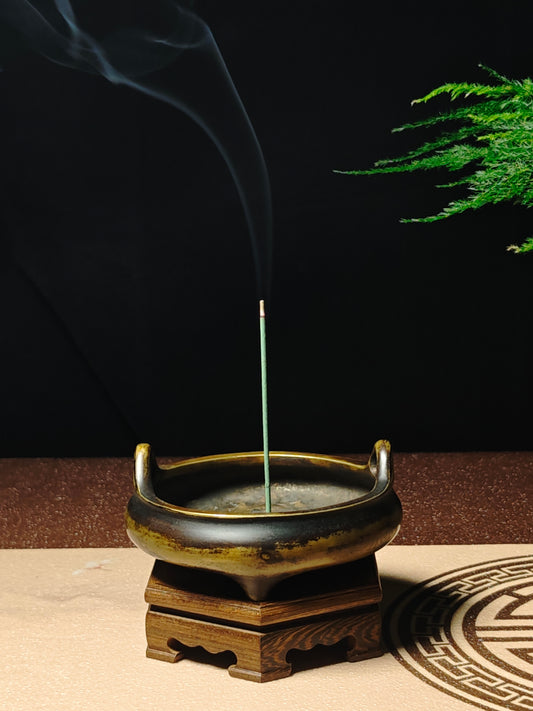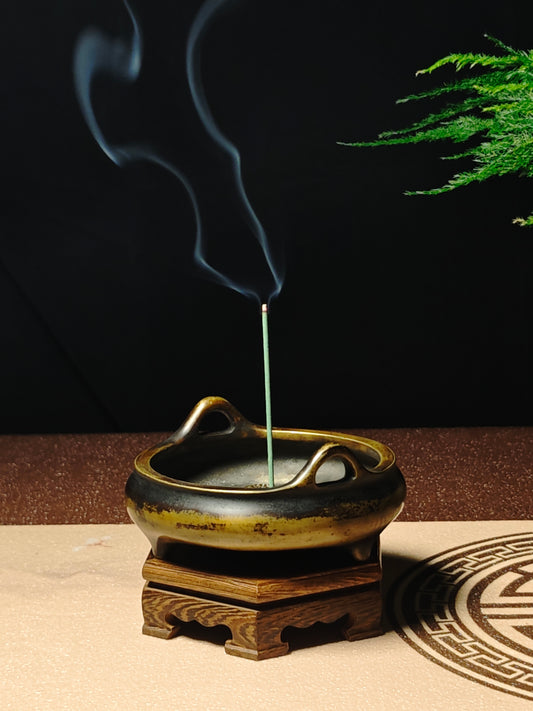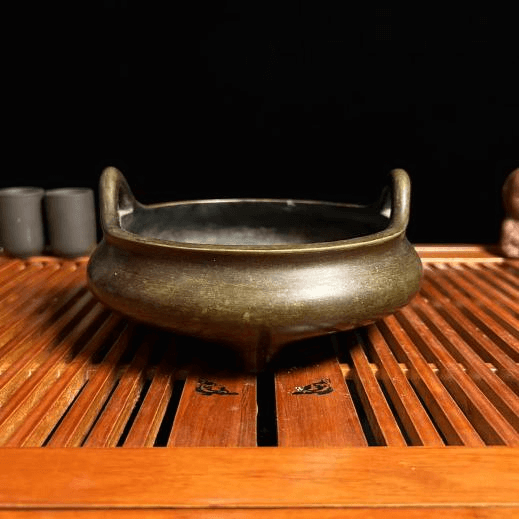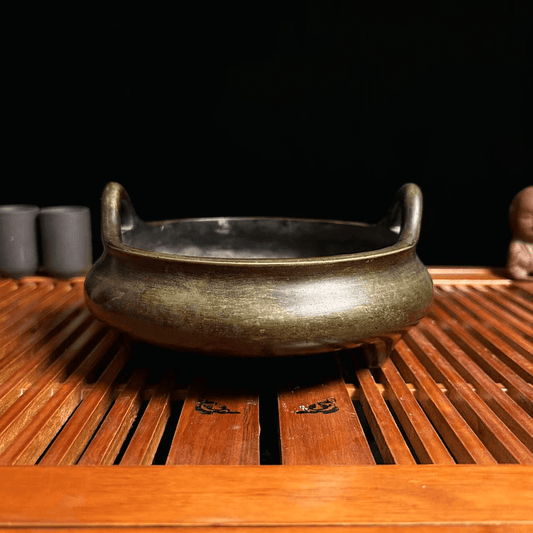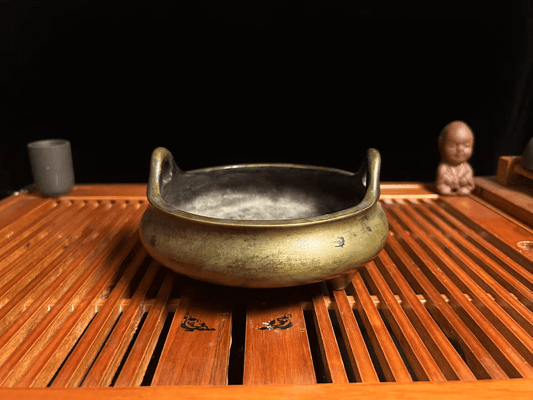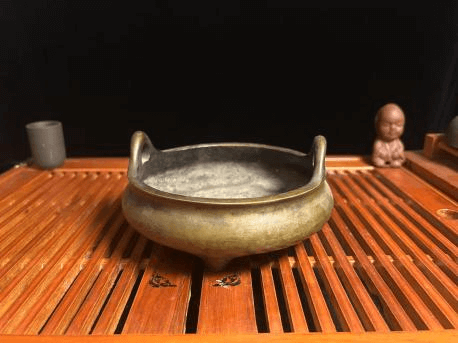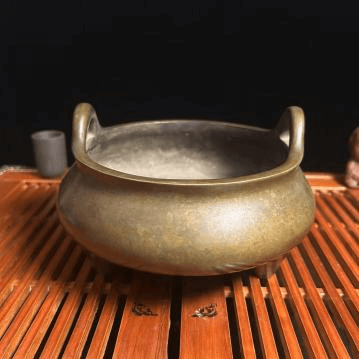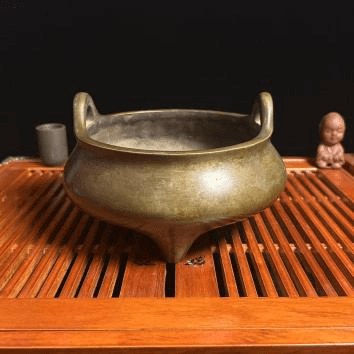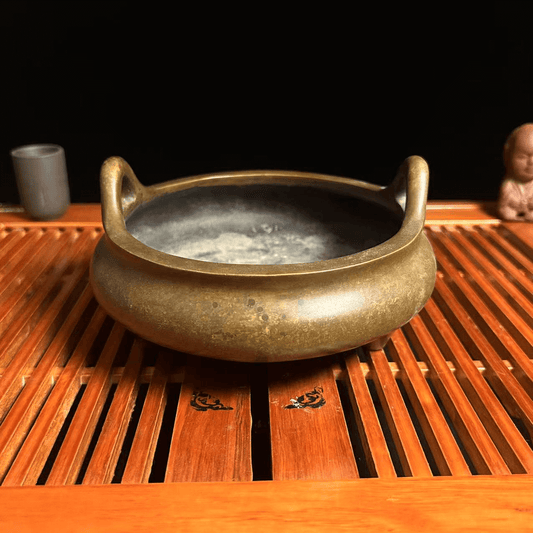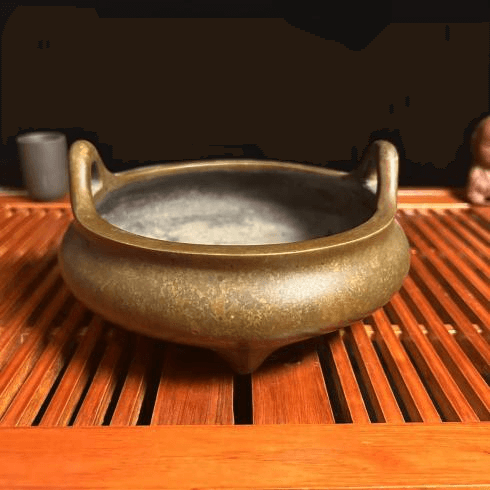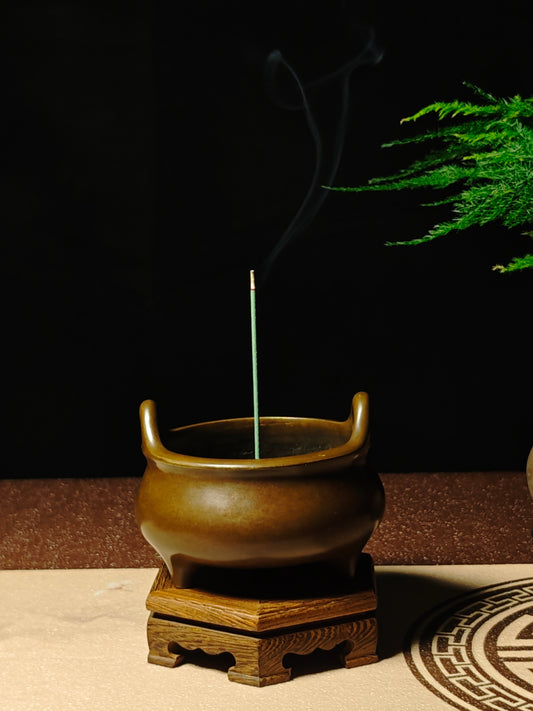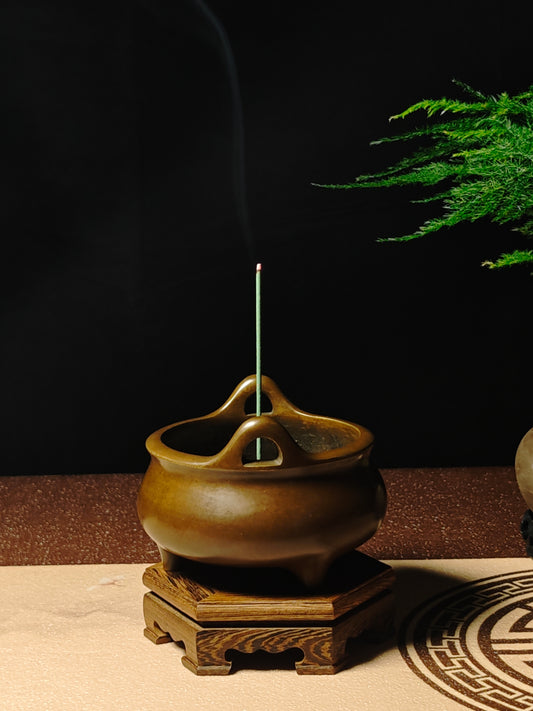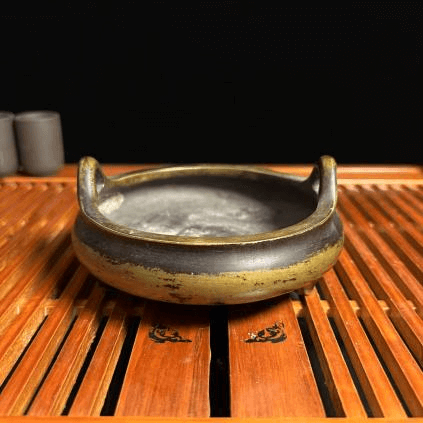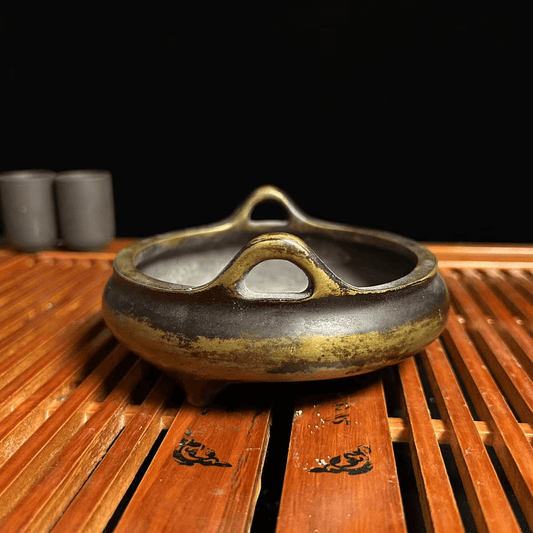Chong'er Incense Burner
-
vesselofzen Three-legged sky-reaching ear furnace(0.8kg)p1
Regular price $672.40 USDRegular priceUnit price / per$820.00 USDSale price $672.40 USDSale -
vesselofzen Three-legged sky-reaching ear furnace (1.6kg)
Regular price $861.00 USDRegular priceUnit price / per$1,050.00 USDSale price $861.00 USDSale -
vesselofzen Three-legged sky-reaching ear furnace (1.3kg)
Regular price $819.18 USDRegular priceUnit price / per$999.00 USDSale price $819.18 USDSale -
vesselofzen Three-legged sky-reaching ear furnace (1.6kg)p2
Regular price $951.20 USDRegular priceUnit price / per$1,160.00 USDSale price $951.20 USDSale -
vesselofzen Three-legged sky-reaching ear furnace (1.6kg)p3
Regular price $819.18 USDRegular priceUnit price / per$999.00 USDSale price $819.18 USDSale -
vesselofzen Three-legged sky-reaching ear furnace (0.85kg)
Regular price $728.16 USDRegular priceUnit price / per$888.00 USDSale price $728.16 USDSale -
vesselofzen Three-legged sky-reaching ear furnace (0.8kg)p2
Regular price $678.40 USDRegular priceUnit price / per$820.00 USDSale price $678.40 USDSale
Collection: Chong'er Incense Burner
"Celestial Whispers: The Sky-Ear Bronze Censer – A Ming Dynasty Legacy of Harmony"
In the golden era of the Ming Dynasty (1368–1644), a single artifact emerged as a bridge between mortal realms and celestial wisdom: the Sky-Ear Bronze Censer (Chōng'ěr Lú). Forged in imperial fire and shaped by philosophical vision, it carries a 600-year legacy of artistry, symbolism, and spiritual reverence.
1. The Imperial Origin: A Ming Dynasty Legend
The story begins in 1428 CE, during Emperor Xuande’s reign. Siam (modern Thailand) gifted the Ming court with "wind-polished copper" — a rare alloy refined by sea breezes, believed to hold cosmic energy. Enchanted by its purity, the emperor commanded craftsmen to transform this treasure into censers worthy of "honoring heaven, earth, and ancestors".
After 100 days of experimentation, 117 iconic designs were born. The Sky-Ear Censer stood apart: its arched handles ("heavenly ears") reached skyward, while three rounded feet anchored it to the earth. Legend claims Emperor Xuande himself dictated the shape, urging, "Let the ears ascend like moonlit clouds, bridging mortal and divine."
2. Symbols in Bronze: Philosophy Woven into Form
Every curve of the Sky-Ear Censer breathes ancient Chinese wisdom:
Heavenly Ears (冲耳): The upward-arcing handles embody Tianren Hexity (天人合一) — harmony between humanity and the cosmos. They echo Taoist beliefs in connecting earthly existence to celestial order, as if channeling prayers toward the heavens.
Three Lotus Feet (三乳足): The rounded feet honor the Three Talents (三才) — Heaven (天), Earth (地), Humanity (人). Like the legs of Shang Dynasty bronze tripods, they symbolize stability, balance, and the interdependence of all things.
Globular Belly (圆腹): The smooth, rounded body reflects Zhongyong (中庸) — Confucian moderation and harmony — and the Buddhist ideal of Yuanman (圆满,wholeness), embracing all with quiet grace.
3. Evolution: From Imperial Ritual to Scholar’s Sanctuary
Ming Royalty: Initially reserved for imperial ceremonies, the Sky-Ear Censer symbolized power and piety. Its secret alloy (copper, gold, silver, tin) developed a lustrous patina that deepened with time, like a living artifact.
Qing Dynasty & Beyond: As the Ming fell, craftsmen preserved the art. Qing emperors commissioned replicas, and scholars adopted the censer for "incense contemplation" (焚香静思), merging spirituality with aesthetics.
Modern Revival: Today, master artisans use lost-wax casting (a Ming technique) to recreate the censer, blending ancient design with contemporary reverence for heritage.
4. Craftsmanship: Alchemy of Time and Metal
The Sky-Ear Censer is a testament to ancient metallurgy:
Alloy Mastery: The recreated "wind-polished copper" alloy develops a warm, evolving patina — a fingerprint of history, growing more beautiful with use.
Lost-Wax Casting: Each censer is cast via the Ming method, where wax molds are sacrificed to birth flawless bronze forms. No two are identical, making every piece unique.
A Portal to Timeless Harmony
Light incense in a Sky-Ear Censer, and you rekindle a 600-year-old dialogue between heaven and earth. It’s more than an object — it’s a living legacy, bringing Ming Dynasty philosophy, artistry, and spirituality into your space.
Embrace the legacy. Let the Sky-Ear Censer be your bridge to China’s imperial past, where every curve whispers of harmony, wisdom, and celestial connection.
Crafted with reverence for Ming traditions, this censer is a carrier of cultural soul — a timeless symbol of elegance and enlightenment.

